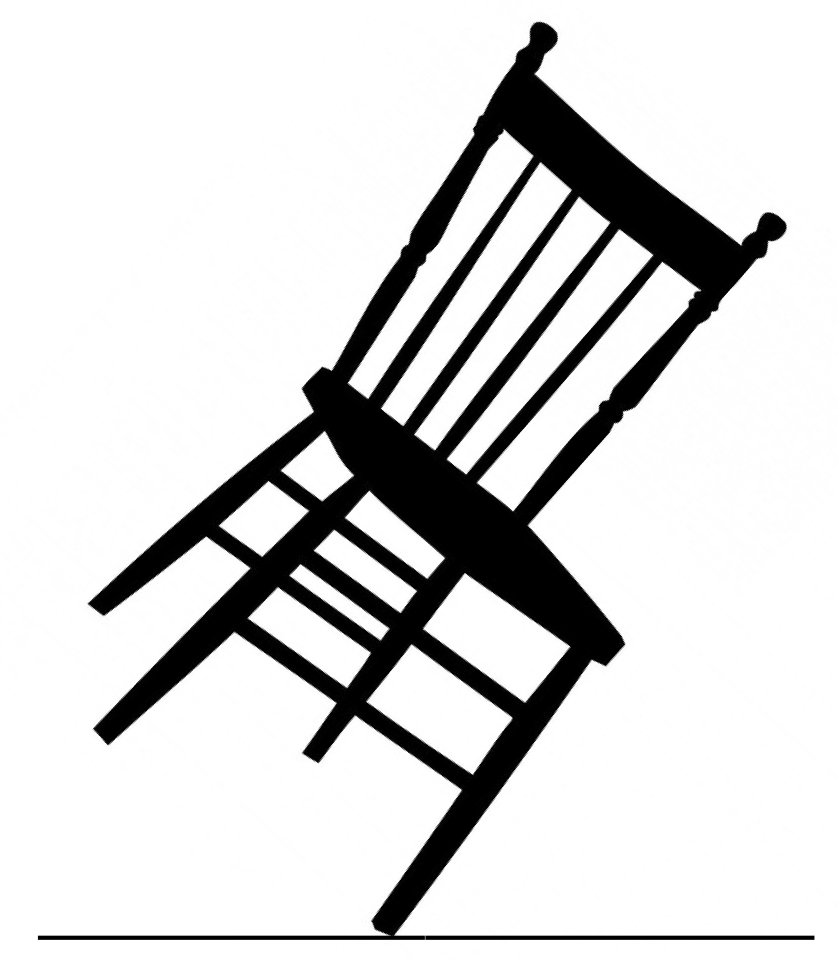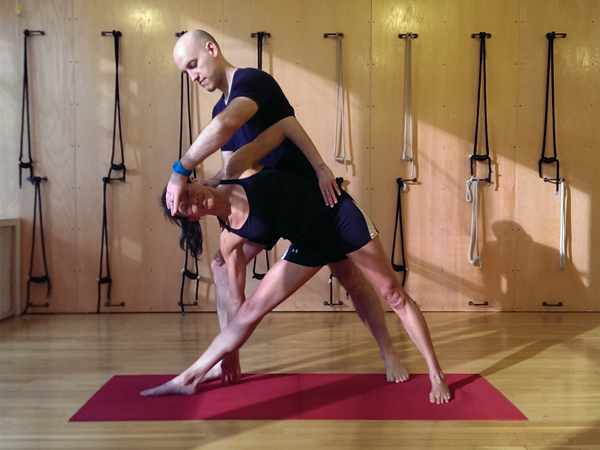 by Ezra Bershatsky
It is almost irresistible to become fascinated with the philosophies that are so perfectly compatible with the Alexander Technique; to revel in the Zen-like mysticism it inspires: “The chair lifts; I don’t lift it," or "I am breathed." For some, this is confirmation of what they already believe. However, I think this only serves to obscure for others and even ourselves what is actually happening.
by Ezra Bershatsky
It is almost irresistible to become fascinated with the philosophies that are so perfectly compatible with the Alexander Technique; to revel in the Zen-like mysticism it inspires: “The chair lifts; I don’t lift it," or "I am breathed." For some, this is confirmation of what they already believe. However, I think this only serves to obscure for others and even ourselves what is actually happening.
This topic is of especial interest to me as I have found a wealth of knowledge in the Tao Te Ching: “Wei wu wei,” or “doing without doing,” is a prevalent theme throughout the text, and it offers considerable insight into various implications of The Alexander Technique. As pointed out by Walter Carrington, we cannot lead a life of non-doing, as we would inevitably starve to death. Carrington says that muscular activity in the body is obviously doing; however, to me this is anything but obvious. Would anyone say, “I’m doing my heartbeat?” Another way to define “doing” is as any volitional or potentially volitional muscular response. I say potentially, as the vast majority of muscular responses and coordinations are allocated unconsciously by the brain through the stimulus of a desired outcome.
Doing without doing is a way of accomplishing an end while avoiding an habitual means to obtain it. This might be achieved by changing one's immediate intention, thus delaying the ultimate outcome. For instance, if my goal is to sit in a chair, I can decide merely to sit, which would trigger a complex muscular coordination involving hundreds of muscles contracting and releasing simultaneously and sequentially. My desire to quickly carry out the action of sitting might allow for little new input into achieving the action, so that if the chair is lower than the average chair, I will probably fall into it, expecting to have been sitting sooner. If I wanted to employ a "non-doing" approach, I could first try to have my desire to sit become the outcome of another intention: my knees bending. If I continuously bend my knees, eventually I will make contact with the chair. Such an exercise would begin to reeducate me from my habitual way of sitting, so that when next I go to sit in a "doing" or habitual manner, it might happen more efficiently. It should be said that this improvement will most likely revert quickly to my more habitual behavior shortly thereafter, unless this type of work continues.
It is our goal to accomplish any end by finding a way to allow a spontaneous coordination instead of imposing one; to consider how this action will be achieved instead of predetermining it; to avoid habitual response patterns and allow for spontaneous ones, even if the latter are at first clumsy or less efficient. Once we have established clarity about this goal, the implications for similar or seemingly related philosophies and mystical ideas can be safely considered, and will not be conflated with the principles and workings of the Alexander Technique.
[author] [author_image timthumb='on']http://www.acatnyc.org/main/wp-content/uploads/2016/07/Ezra-Bershatsky-by-Sandro-Lamberti-Photography-23.jpg[/author_image] [author_info]EZRA BERSHATSKY—A graduate of The Juilliard School Pre-College Division, Ezra has two Bachelor degrees of Music from Mannes College The New School for Music, in vocal performance and musical composition. He is currently training to be a teacher of the Alexander Technique. He has been singing and performing since childhood, and early in his training he discovered that he has a passion not only for making music, but for teaching others. Ezra teaches voice in New York City on the upper west side. [/author_info] [/author]

 by Brooke Lieb
by Brooke Lieb by Witold Fitz-Simon
Yoga teachers giving adjustments has become a
by Witold Fitz-Simon
Yoga teachers giving adjustments has become a  by Dan Cayer
I’m not against correcting our posture or body on principle. I wish all it took to rid ourselves of chronic pain and tension was figuring the right angle or position, and tapping our body into place. It’s such a seductive offer; that we need only arrange our body and then get on with the rest of our day.
by Dan Cayer
I’m not against correcting our posture or body on principle. I wish all it took to rid ourselves of chronic pain and tension was figuring the right angle or position, and tapping our body into place. It’s such a seductive offer; that we need only arrange our body and then get on with the rest of our day.